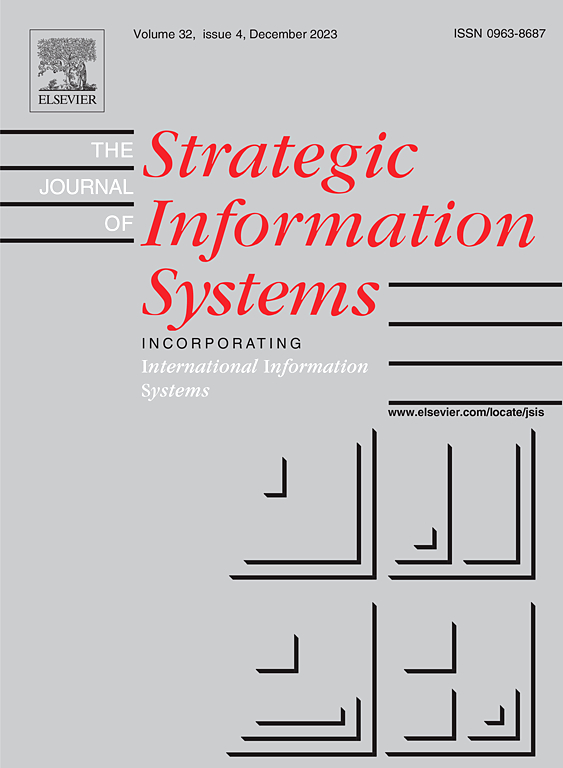超几何型序列
IF 0.6
4区 数学
Q4 COMPUTER SCIENCE, THEORY & METHODS
引用次数: 0
摘要
我们介绍超几何型序列。它们是交错超几何序列(任意交错)的线性组合。我们证明它们构成了整体序列环的一个子环。这类序列中一个有趣的系列是那些由在指数和 π 中具有线性参数的三角函数定义的序列,如切比雪夫多项式、(sin2(nπ/4)⋅cos(nπ/6))n 和 (sin(cos(nπ/3)π))n 等组合。我们的实现方法使我们能够为通过三角函数定义的项生成几个等式。本文章由计算机程序翻译,如有差异,请以英文原文为准。
Hypergeometric-type sequences
We introduce hypergeometric-type sequences. They are linear combinations of interlaced hypergeometric sequences (of arbitrary interlacements). We prove that they form a subring of the ring of holonomic sequences. An interesting family of sequences in this class are those defined by trigonometric functions with linear arguments in the index and π, such as Chebyshev polynomials, , and compositions like .
We describe an algorithm that computes a hypergeometric-type normal form of a given holonomic nth term whenever it exists. Our implementation enables us to generate several identities for terms defined via trigonometric functions.
求助全文
通过发布文献求助,成功后即可免费获取论文全文。
去求助
来源期刊

Journal of Symbolic Computation
工程技术-计算机:理论方法
CiteScore
2.10
自引率
14.30%
发文量
75
审稿时长
142 days
期刊介绍:
An international journal, the Journal of Symbolic Computation, founded by Bruno Buchberger in 1985, is directed to mathematicians and computer scientists who have a particular interest in symbolic computation. The journal provides a forum for research in the algorithmic treatment of all types of symbolic objects: objects in formal languages (terms, formulas, programs); algebraic objects (elements in basic number domains, polynomials, residue classes, etc.); and geometrical objects.
It is the explicit goal of the journal to promote the integration of symbolic computation by establishing one common avenue of communication for researchers working in the different subareas. It is also important that the algorithmic achievements of these areas should be made available to the human problem-solver in integrated software systems for symbolic computation. To help this integration, the journal publishes invited tutorial surveys as well as Applications Letters and System Descriptions.
 求助内容:
求助内容: 应助结果提醒方式:
应助结果提醒方式:


